Home>Furniture>Outdoor Furniture>How Much To Replace Roof Decking
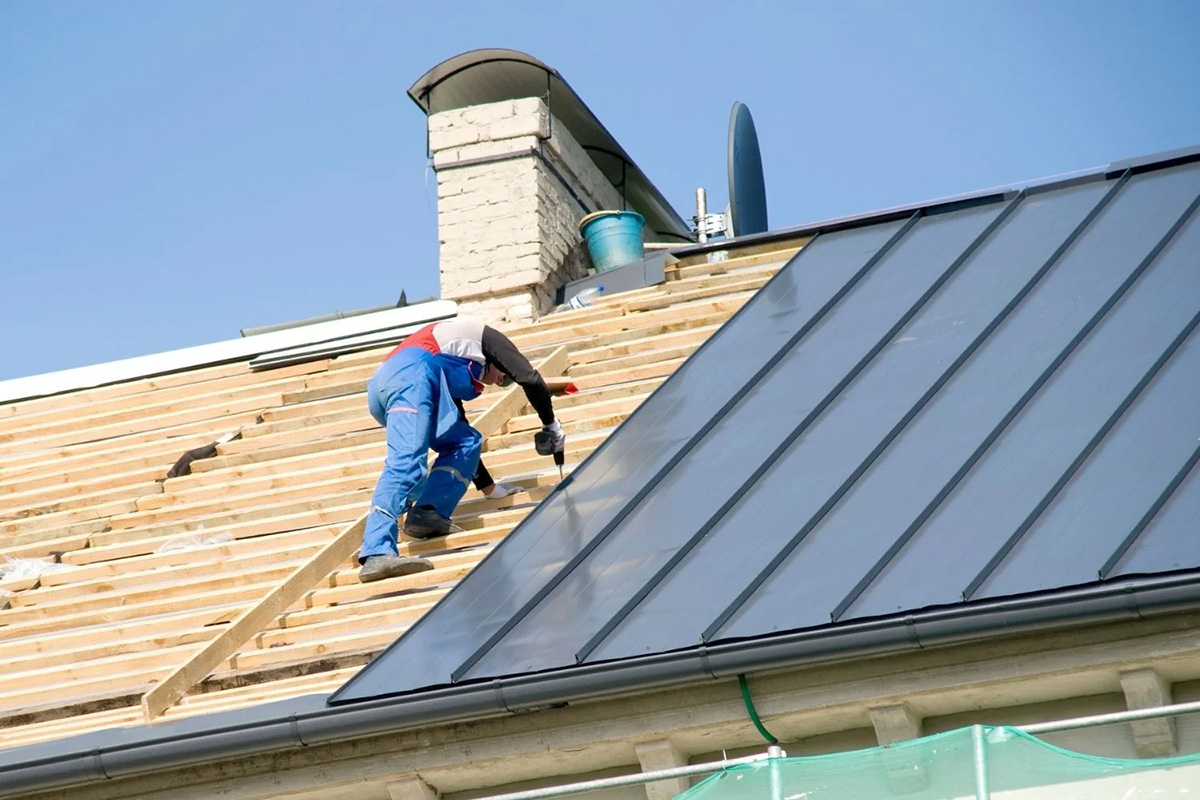

Outdoor Furniture
How Much To Replace Roof Decking
Modified: March 7, 2024
Need to replace your roof decking? Find out how much it costs and get expert tips on choosing the best outdoor furniture for your space
(Many of the links in this article redirect to a specific reviewed product. Your purchase of these products through affiliate links helps to generate commission for Storables.com, at no extra cost. Learn more)
Introduction
Welcome to our comprehensive guide on roof decking replacement costs. The roof decking, also known as sheathing or roof plywood, is a crucial component of any roofing system. It provides structural support and serves as a base for the roofing materials.
Over time, roof decking may deteriorate due to factors such as age, moisture, or damage from storms. When this happens, it is essential to replace the decking to maintain the integrity and safety of your roof. However, understanding the cost involved in replacing roof decking can be helpful in planning and budgeting for your project.
In this article, we will outline the factors that influence the cost of roof decking replacement, provide a breakdown of the average costs, and discuss whether you should tackle the project as a DIY or hire a professional. By the end, you’ll have a clear understanding of what to expect in terms of expenses and the best course of action for replacing your roof decking.
Before we dive into the specifics, let’s first define what roof decking is and explore the signs that indicate it may need replacement.
Key Takeaways:
- Roof decking replacement is crucial for maintaining a safe and sturdy roof. Signs like sagging, leaks, and visible damage indicate the need for replacement. Understanding cost factors and considering professional help are essential for a successful project.
- When deciding on roof decking replacement, consider factors like skills, time, safety, and long-term costs. Hiring a professional ensures quality work and peace of mind with warranties, while DIY requires expertise and caution.
Read more: How Much Is A Roof Replacement
Definition of Roof Decking
Roof decking, also known as roof sheathing or roof plywood, is the layer of material that covers the rafters or trusses of a roof structure. It provides a solid foundation for the roofing materials and helps distribute the weight of the roof evenly across the supporting framework.
The most common type of roof decking material is plywood, typically made from thin layers of wood veneer that are glued together. Other options include oriented strand board (OSB) and composite decking materials.
The roof decking serves as a structural component of the roof and plays a crucial role in supporting the weight of the roofing materials, such as shingles, tiles, or metal panels. It also helps to stabilize the roof structure, preventing sagging or warping.
Additionally, the roof decking provides a base for the underlayment, which acts as a waterproof barrier between the decking and the roofing materials. This underlayment helps to protect the decking from moisture and extends the lifespan of the roof.
Proper installation of roof decking is essential to ensure the overall stability and longevity of the roof. It should be installed with the correct spacing, allowing for expansion and contraction of the materials due to temperature changes. Adequate ventilation is also important to prevent moisture buildup and potential damage to the decking and the roof structure.
Now that we have a clear understanding of what roof decking is, let’s explore the signs that indicate it may need to be replaced.
Signs that Roof Decking Needs to be Replaced
While roof decking is designed to be durable and long-lasting, there are several signs that may indicate the need for replacement. It is crucial to address these signs promptly to prevent further damage to your roof and ensure the safety of your home. Here are some common signs to look out for:
- Sagging or uneven roof: If you notice that your roof appears saggy or uneven from the outside, it may indicate a problem with the roof decking. This could be a result of water damage or structural issues, and immediate action is required to prevent further damage.
- Water leaks: If you start experiencing water leaks in your home, especially during or after rainfall, it may suggest that the roof decking is compromised. These leaks can cause water damage to your ceiling, walls, and other structures in your home, and should be addressed promptly.
- Rot or decay: Over time, exposure to moisture can cause the roof decking to rot or decay. Signs of rot may include soft or spongy areas on the decking, visible mold or mildew growth, or a musty odor in the attic. Rotting roof decking should be replaced as soon as possible to prevent further deterioration.
- Visible damage: Inspect your roof decking for any visible signs of damage, such as cracks, splits, or holes. These can occur due to age, weather exposure, or impact from falling debris. Damaged roof decking can compromise the overall integrity of the roof and should be addressed promptly.
- Persistent roof leaks: If you have been dealing with recurring roof leaks that seem to be unrelated to other issues, it could be a sign of underlying problems with the roof decking. In such cases, a thorough inspection by a roofing professional is recommended to determine if replacement is necessary.
It is essential to note that some signs of roof decking damage may not be visible from the outside. Therefore, regular inspections by a professional roofer can help identify any underlying issues and prevent further damage to your roof and home.
Now that we are familiar with the signs that indicate the need for roof decking replacement, let’s explore the factors that can influence the cost of the replacement process.
Factors that Influence the Cost of Roof Decking Replacement
Many factors come into play when determining the cost of roof decking replacement. Understanding these factors can help you estimate the expenses involved and make informed decisions about your project. Here are some key factors that influence the cost:
- Roof size: The size of your roof is a significant factor in determining the cost of decking replacement. Larger roofs require more materials and labor, which can increase the overall cost of the project.
- Roof complexity: The complexity of your roof’s design can influence the cost. Roofs with complex shapes, multiple slopes, or intricate architectural details require more time and labor to replace the decking properly, which can add to the overall cost.
- Roof accessibility: The accessibility of your roof can affect the cost of replacement. If your roof is difficult to access, such as steep or high roofs, additional safety measures and equipment may be required, leading to increased labor costs.
- Decking material: The type of material used for your roof decking can influence the cost. Plywood is the most common and affordable option, while oriented strand board (OSB) or composite decking materials may incur additional expenses.
- Underlayment: The condition of the underlayment, or the waterproof barrier beneath the decking, may affect the cost. If the underlayment needs replacement or repair, it will add to the overall expenses of the project.
- Roofing contractor: The choice of roofing contractor can impact the cost as different contractors may have varying pricing structures. It is crucial to obtain multiple quotes and consider factors such as experience, expertise, and reputation when selecting a contractor.
- Geographical location: The location of your property can also influence the cost of roof decking replacement. Factors such as local labor rates, material availability, and regional building codes or regulations can vary, leading to cost variations in different areas.
Keep in mind that these factors are not exhaustive, and additional considerations such as roof pitch, desired roofing materials, and any additional repairs or upgrades can also affect the overall cost.
Now that we have explored the factors that impact the cost, let’s break down the expenses involved in roof decking replacement in the next section.
When replacing roof decking, make sure to use the correct thickness and type of plywood for your specific roof. Consult with a professional to ensure the job is done right.
Cost Breakdown of Roof Decking Replacement
When it comes to roof decking replacement, the cost can vary depending on various factors. Here is a breakdown of the potential expenses involved:
- Materials: The cost of materials is a significant portion of the overall expense. This includes the cost of the replacement decking material, such as plywood or composite boards, as well as any necessary underlayment or moisture barrier. The cost of materials can vary depending on the type and quality selected.
- Labor: Labor costs are another crucial component of the overall expense. The complexity and size of the roof, as well as the accessibility, can influence the labor costs. Roofing contractors typically charge based on the hours worked or the square footage of the roof. It is recommended to obtain multiple quotes from reputable contractors to find the most competitive pricing.
- Additional repairs: During the roof decking replacement process, it is common for roofing professionals to identify additional repairs that are needed. This might include addressing issues with the roof structure, fixing damaged rafters or trusses, or replacing deteriorated flashing or vents. The cost of these additional repairs can add to the total expense.
- Permits and inspections: Depending on local building codes and regulations, you may require permits and inspections for roof decking replacement. The cost of these permits and any associated fees can contribute to the overall expenses. It is essential to check with your local authorities to ensure compliance and factor in these costs.
- Warranty: Some roofing contractors may offer warranties on their workmanship or the materials used. Opting for a warranty can provide peace of mind but may result in slightly higher costs. Consider the value and coverage offered by the warranty when deciding if it is worth the additional expense.
It is important to note that the cost breakdown provided here serves as a general guide, and actual costs may vary depending on your specific project and location. Obtaining multiple quotes from reputable roofing contractors will give you a more accurate estimate tailored to your circumstances.
Now that we have discussed the cost breakdown, the next step is to decide whether to tackle the roof decking replacement as a DIY project or hire a professional. Let’s delve into that in the next section.
Read more: How Much To Replace A Roof On A House
DIY or Hiring a Professional?
When it comes to roof decking replacement, one of the key decisions you’ll need to make is whether to tackle the project yourself or hire a professional roofing contractor. Here are some factors to consider when making this decision:
Skills and experience: Roof decking replacement involves intricate work and requires a certain level of knowledge and expertise. If you have experience with roofing projects and feel confident in your abilities, you may consider taking the DIY route. However, if you lack the necessary skills or have limited experience, it is best to hire a professional to ensure the job is done correctly and to avoid any potential safety hazards.
Time and effort: Replacing roof decking can be a time-consuming and physically demanding process. Consider your availability and willingness to invest the necessary time and effort into the project. Keep in mind that professionals have the knowledge, tools, and manpower to complete the task efficiently, saving you valuable time and energy.
Safety concerns: Working at heights and on a roof can pose significant safety risks, especially if you’re not accustomed to such tasks. Roofing professionals are trained to work safely and have the necessary safety equipment to prevent accidents. If you have concerns about your safety or the safety of your property, it is advisable to hire a professional who can ensure a safe working environment.
Cost considerations: While DIY may seem more cost-effective initially, it’s crucial to weigh the potential risks and expenses involved. Mistakes or inadequate installation during a DIY project can lead to costly repairs down the line. Professional roofing contractors have the necessary skills and experience to do the job right the first time, potentially saving you money in the long run.
Warranty and guarantees: Hiring a professional often comes with the benefit of warranties on both materials and workmanship. This offers peace of mind, knowing that you’re protected in case any issues arise after the roof decking replacement. DIY projects typically do not come with the same level of guarantee.
In summary, while DIY can be a cost-saving option for some, it is crucial to assess your own skills, experience, and comfort level with the project. Roofing is a complex and critical aspect of your home, so if you’re unsure or lack the necessary expertise, it is best to hire a professional roofing contractor to ensure a successful and safe roof decking replacement.
Now that we’ve explored the DIY versus professional decision, let’s conclude our comprehensive guide on roof decking replacement.
Conclusion
In conclusion, roof decking replacement is an important aspect of maintaining the integrity and safety of your roof. Understanding the factors and costs involved in this process can help you plan and budget accordingly.
We began by defining roof decking as the layer of material that covers the rafters or trusses of a roof structure, providing structural support and serving as a base for the roofing materials. We then explored the signs that indicate the need for roof decking replacement, such as sagging, water leaks, rot, visible damage, and persistent roof leaks.
Next, we discussed the factors that influence the cost of roof decking replacement, including roof size, complexity, accessibility, decking material, underlayment, roofing contractor, and geographical location. By understanding these factors, you can estimate the potential expenses of your project more accurately.
We further broke down the cost components of roof decking replacement, including materials, labor, additional repairs, permits and inspections, and warranties. Keep in mind that obtaining multiple quotes from reputable roofing contractors will give you a more accurate estimation tailored to your specific project.
Lastly, we explored the decision of whether to tackle the roof decking replacement as a DIY project or hire a professional. While DIY may be an option for those with the necessary skills, experience, time, and safety precautions, hiring a professional can ensure a job done right, save you time and effort, and offer warranties and guarantees for added peace of mind.
Ultimately, the choice of replacing your roof decking should be based on careful consideration of your abilities, resources, and the complexity of the project. It is essential to prioritize safety, quality, and long-term value when making this decision for your home.
We hope this comprehensive guide has provided you with valuable insights and information regarding roof decking replacement costs. Remember to consult with roofing professionals for accurate estimates and guidance specific to your situation. By taking the necessary steps to replace your roof decking when needed, you can ensure the longevity and functionality of your roof for years to come.
Frequently Asked Questions about How Much To Replace Roof Decking
Was this page helpful?
At Storables.com, we guarantee accurate and reliable information. Our content, validated by Expert Board Contributors, is crafted following stringent Editorial Policies. We're committed to providing you with well-researched, expert-backed insights for all your informational needs.
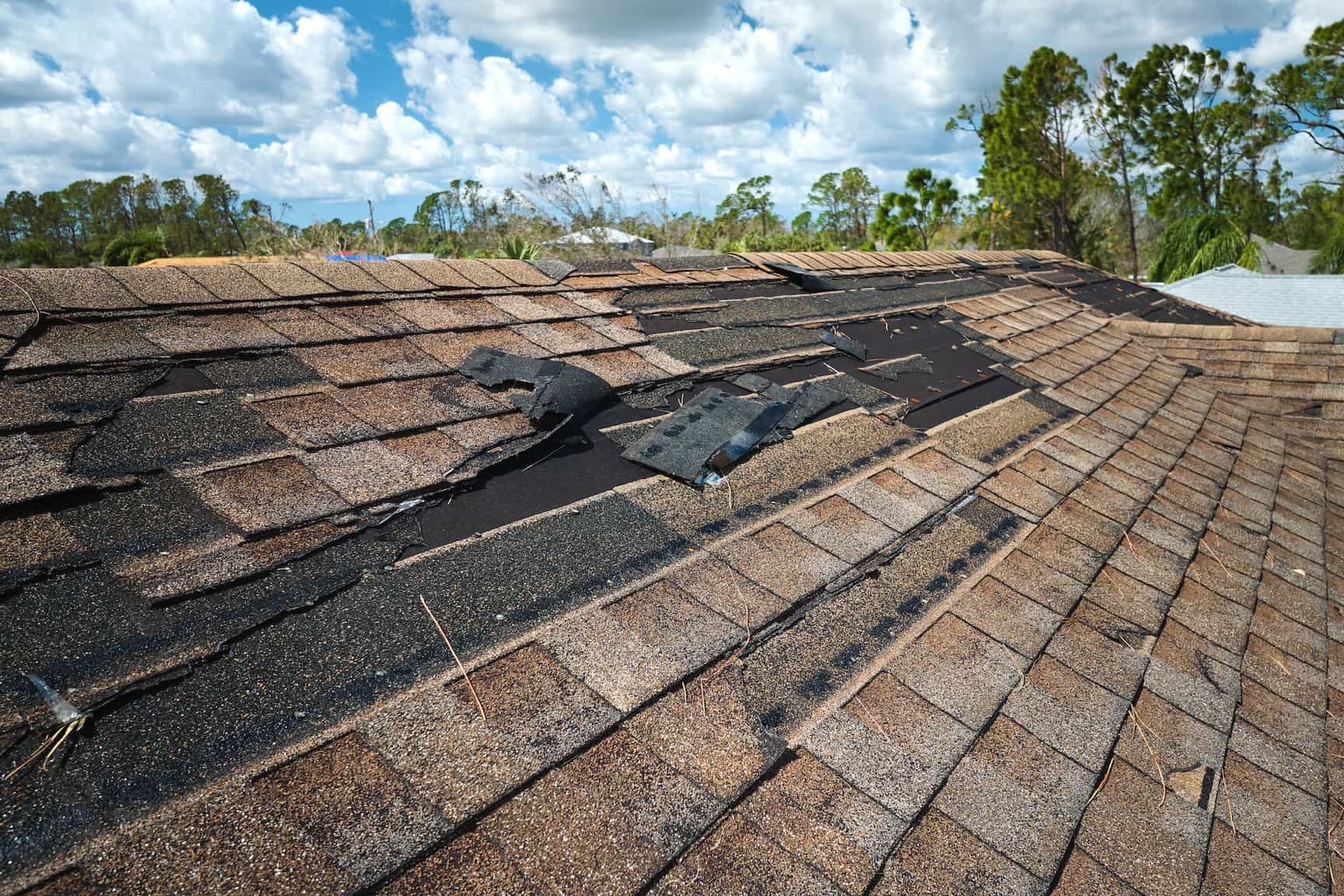
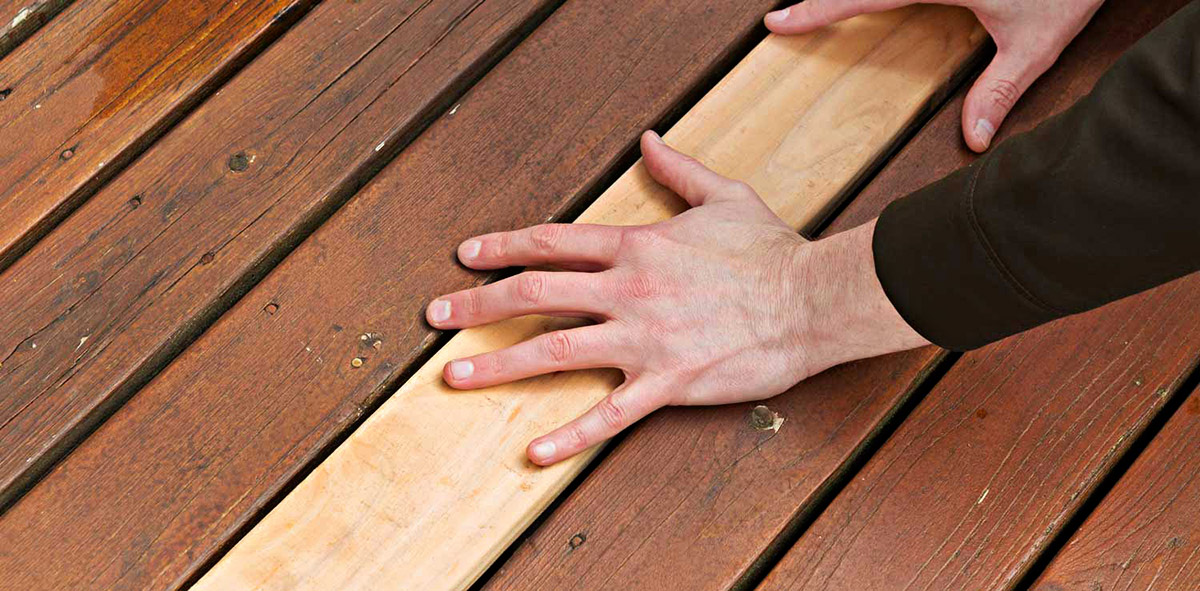
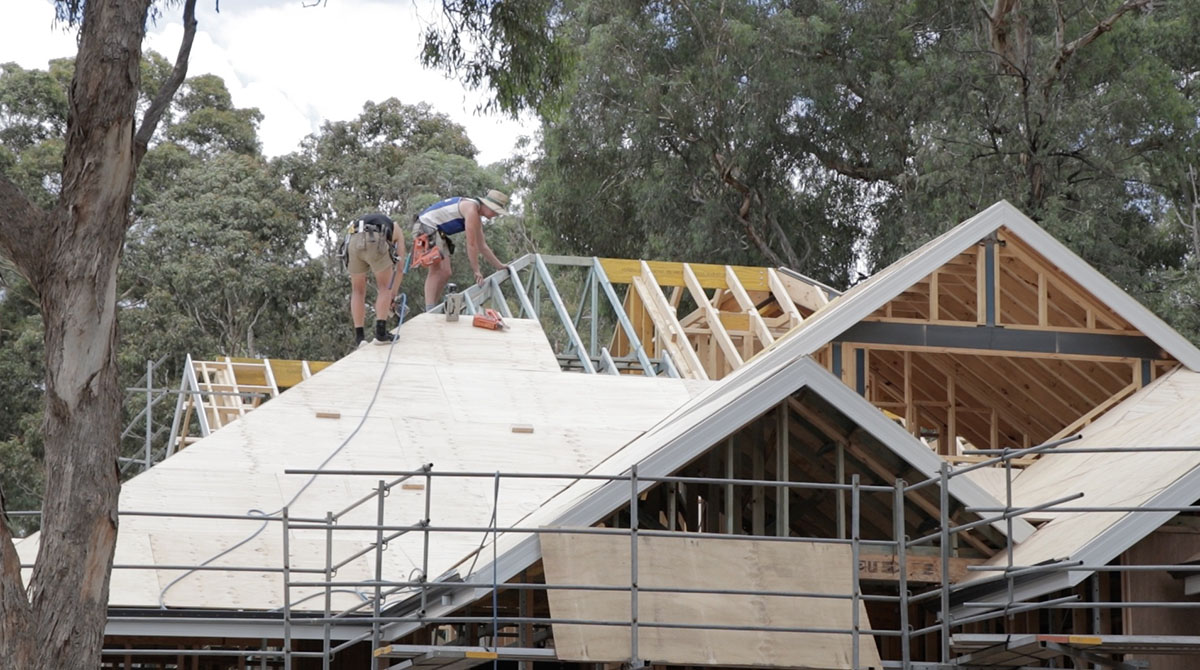
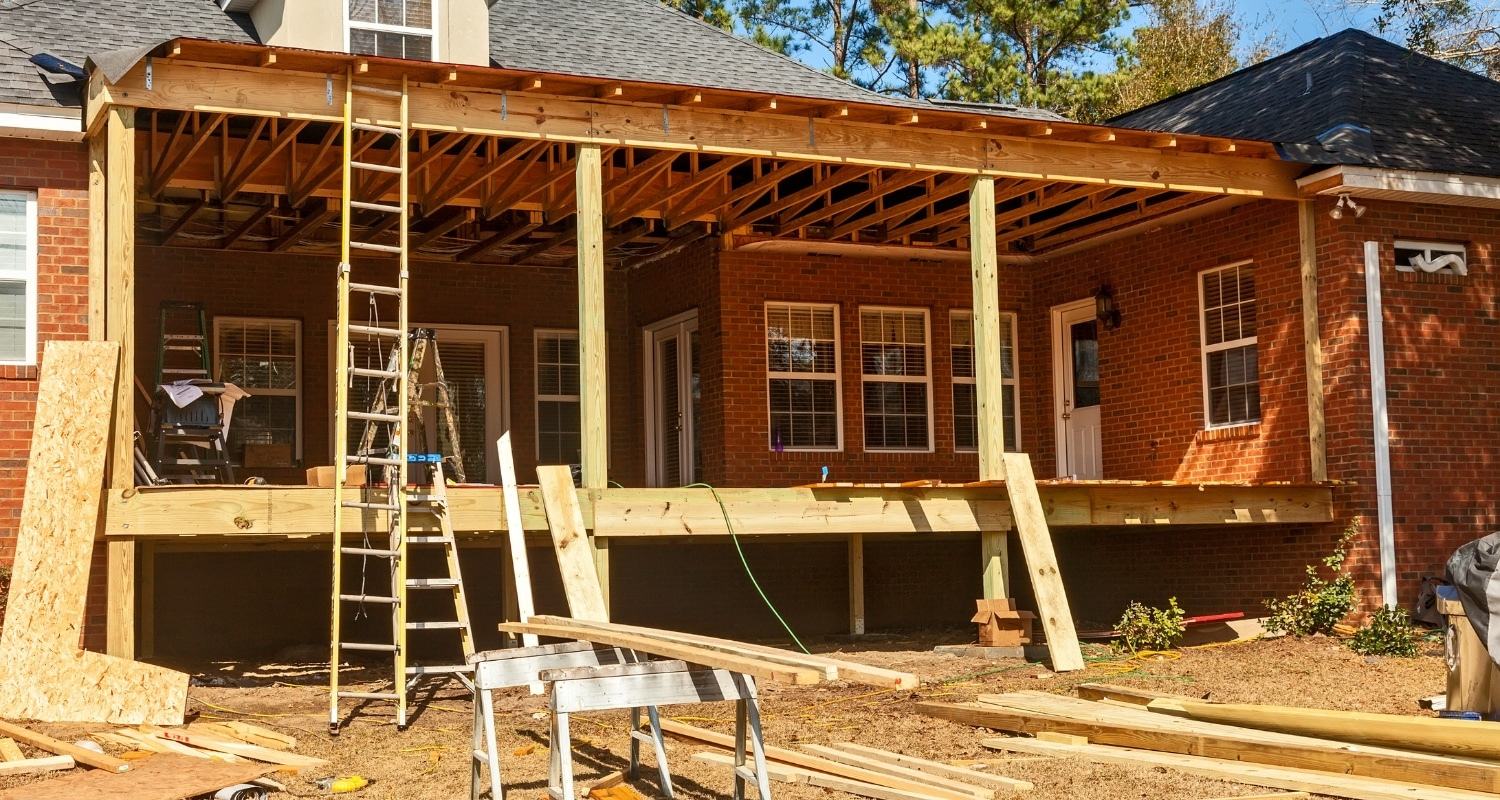

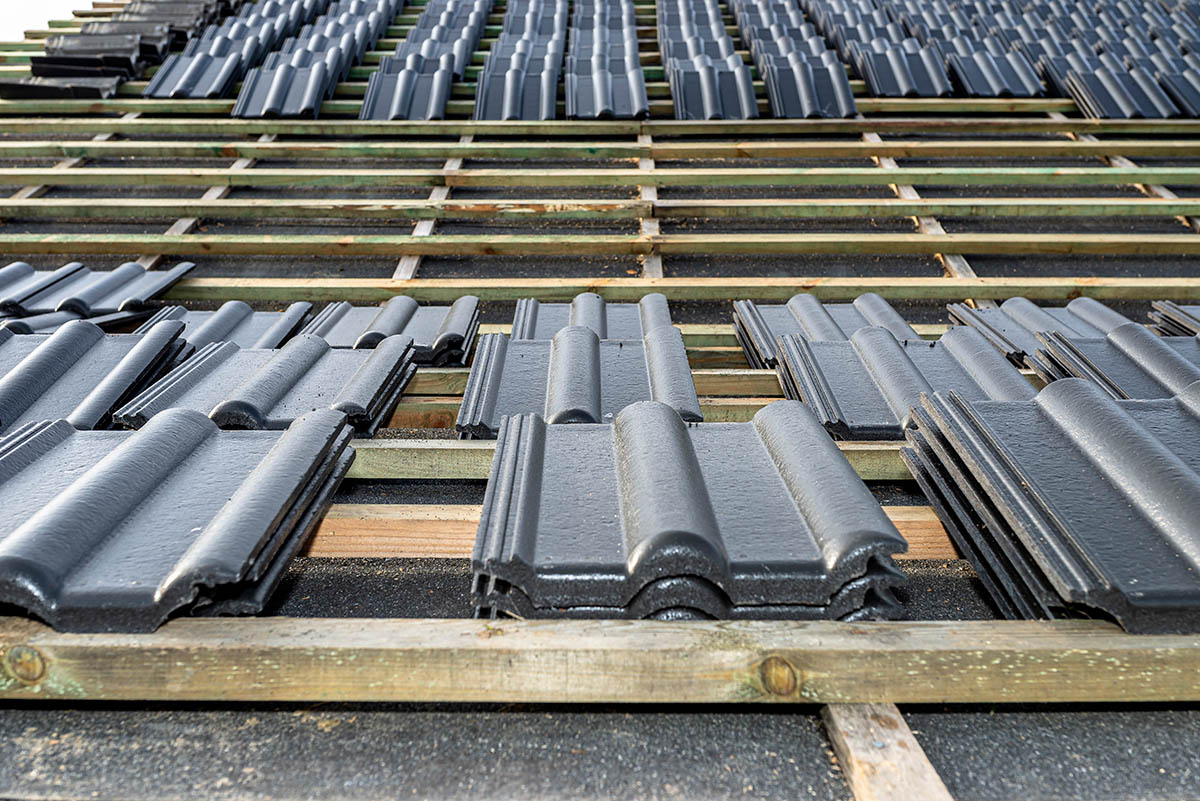
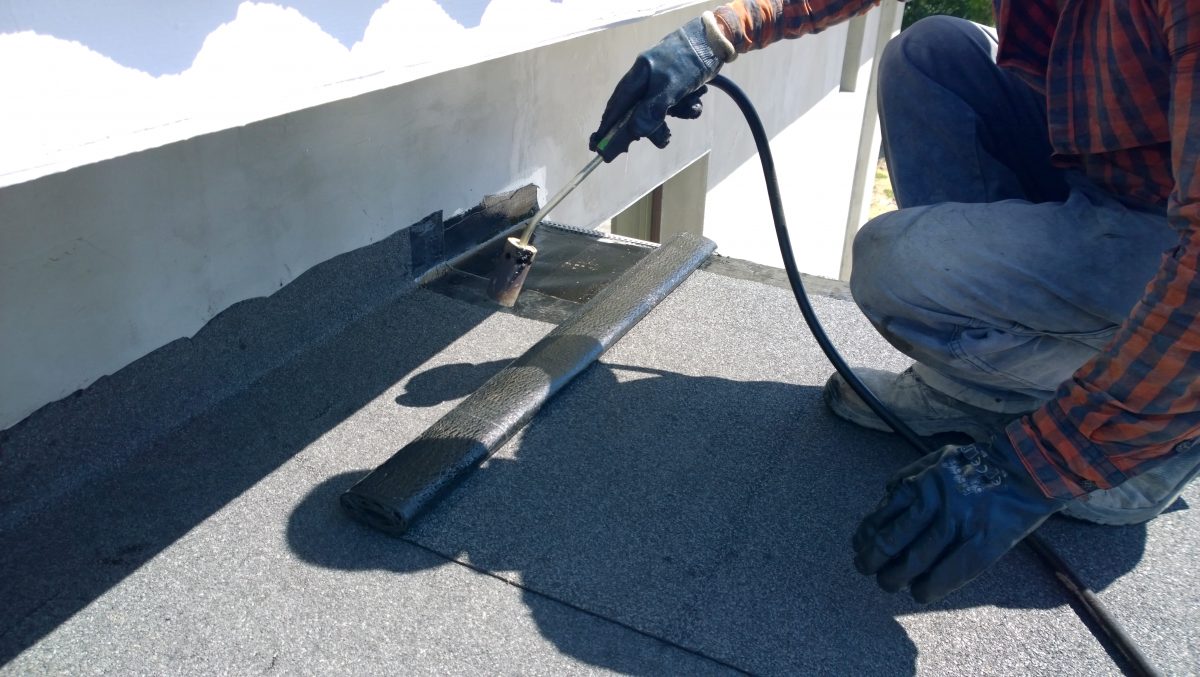
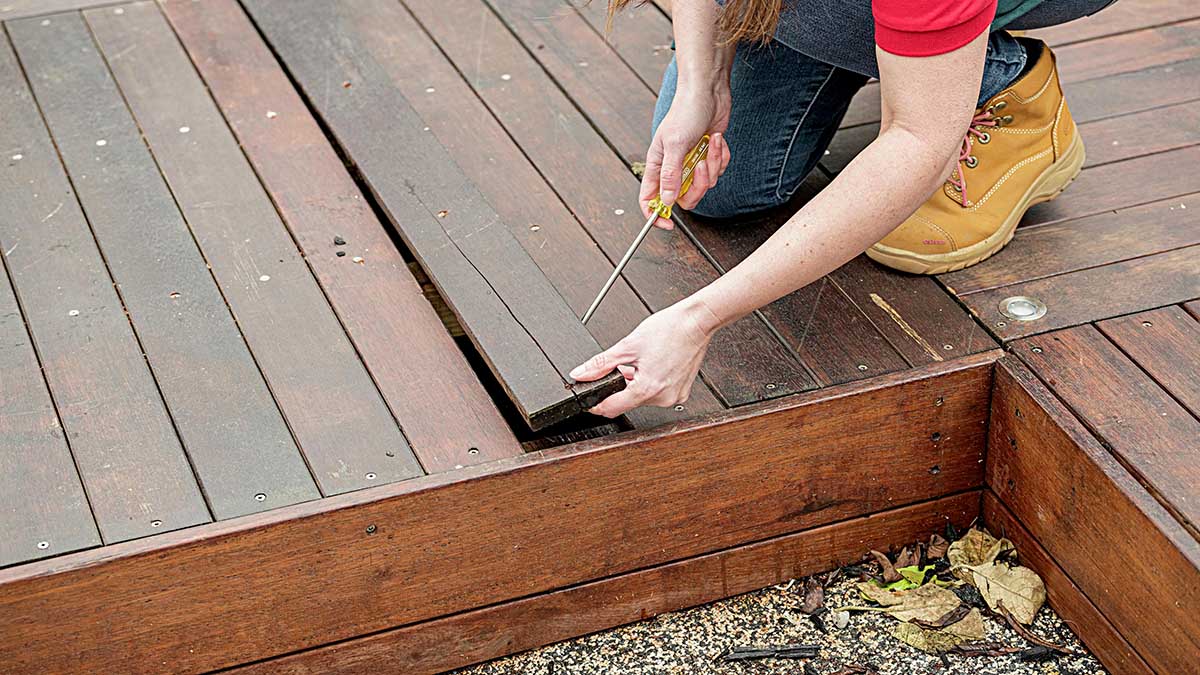
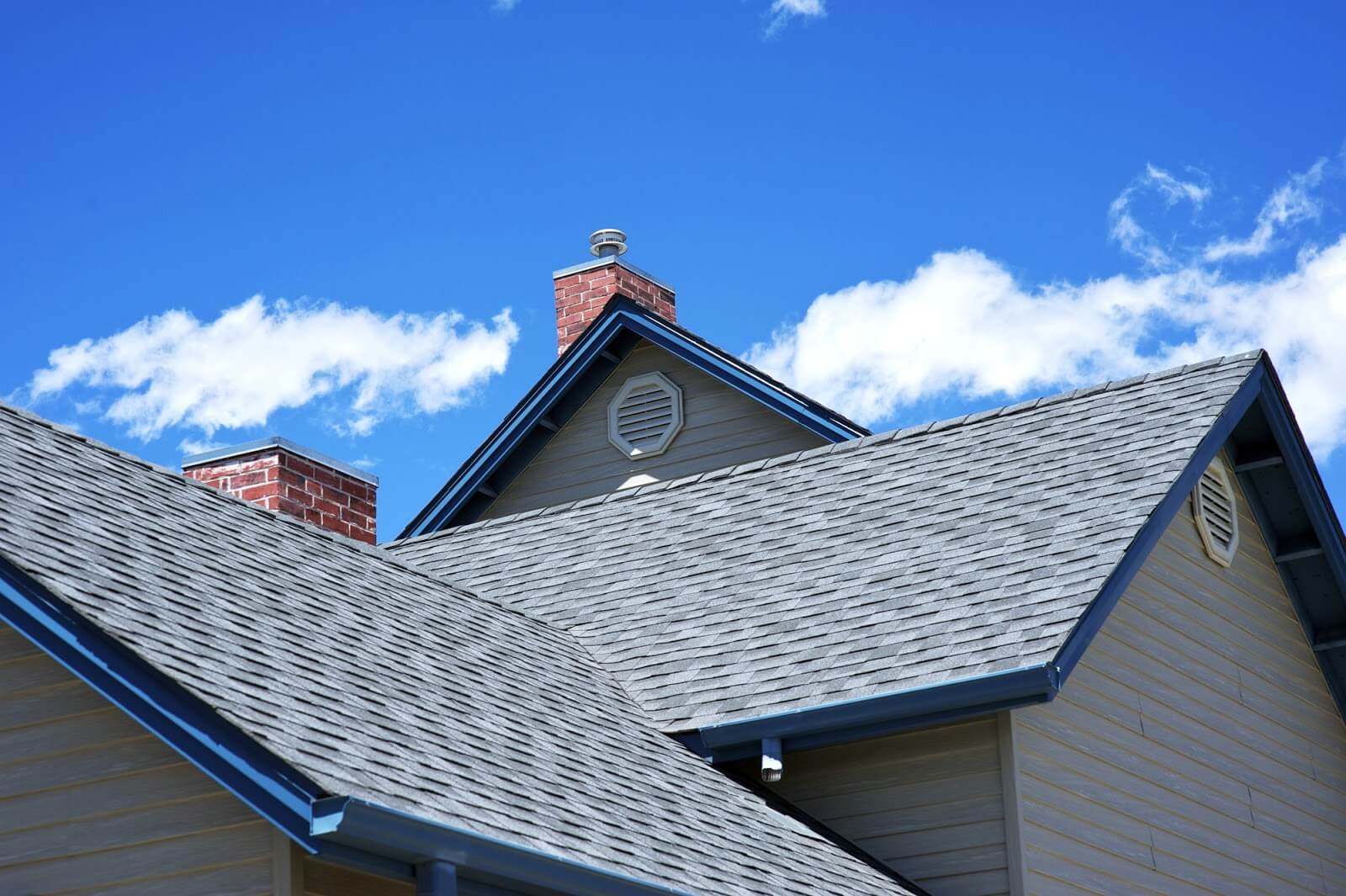
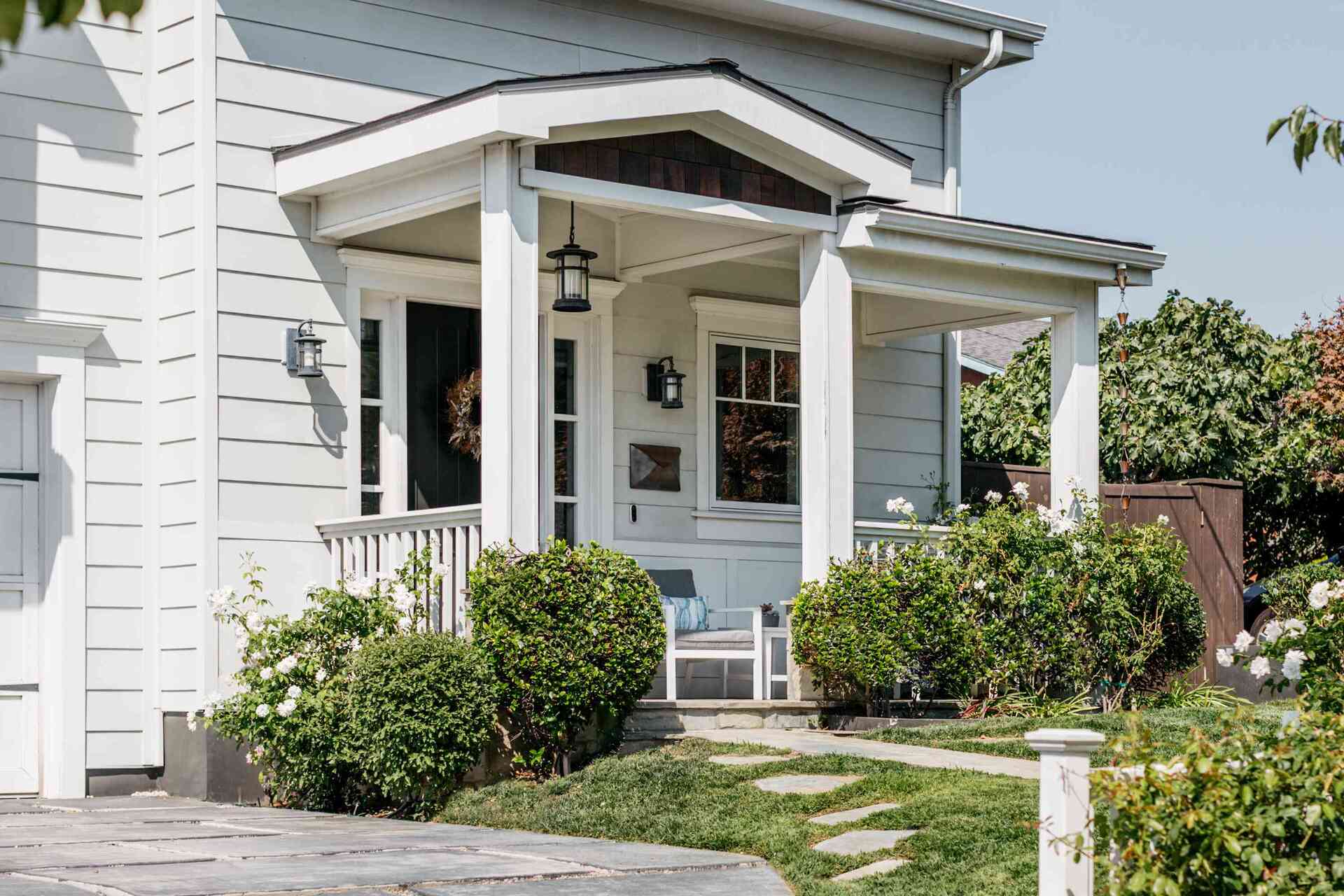
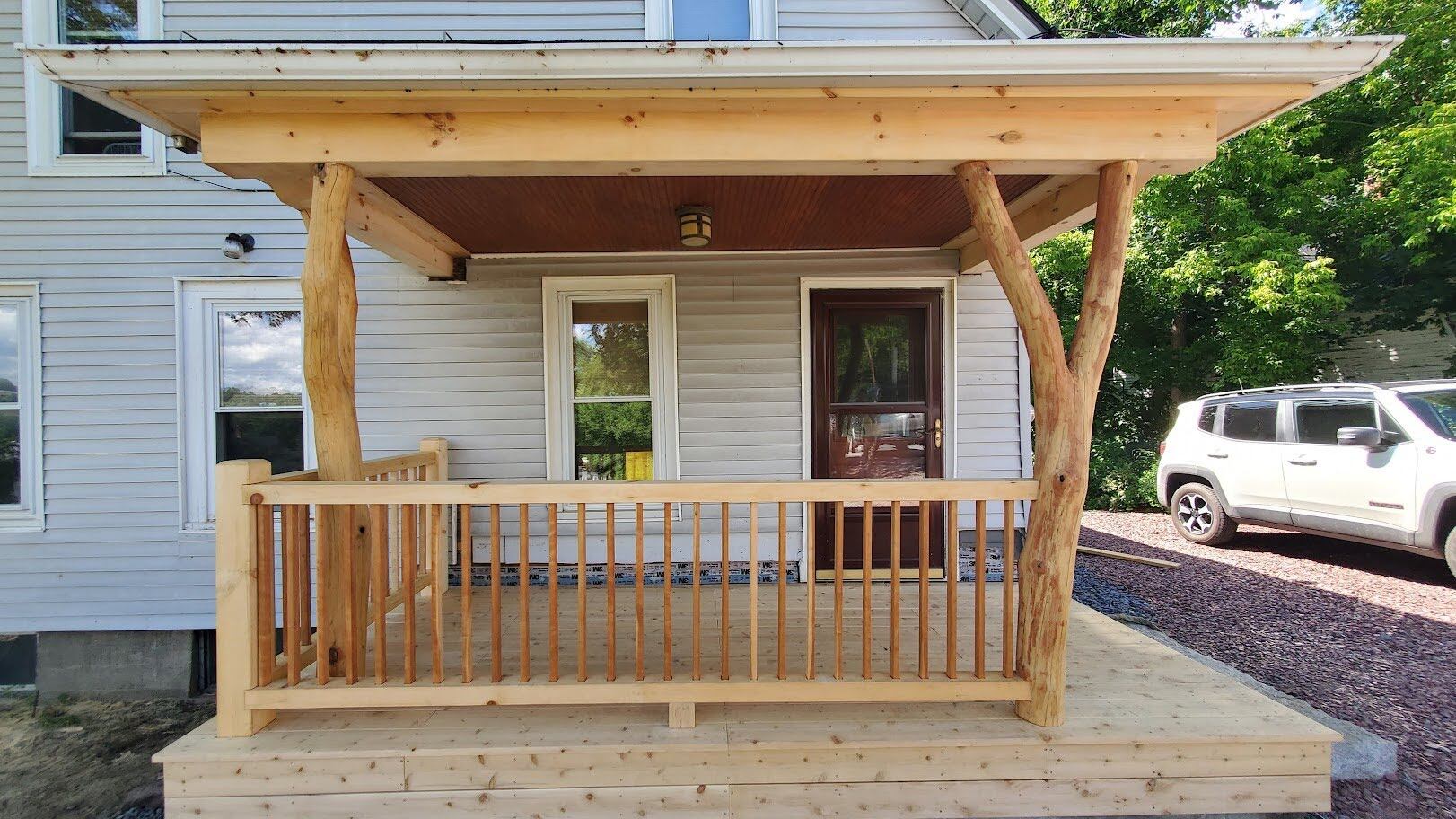
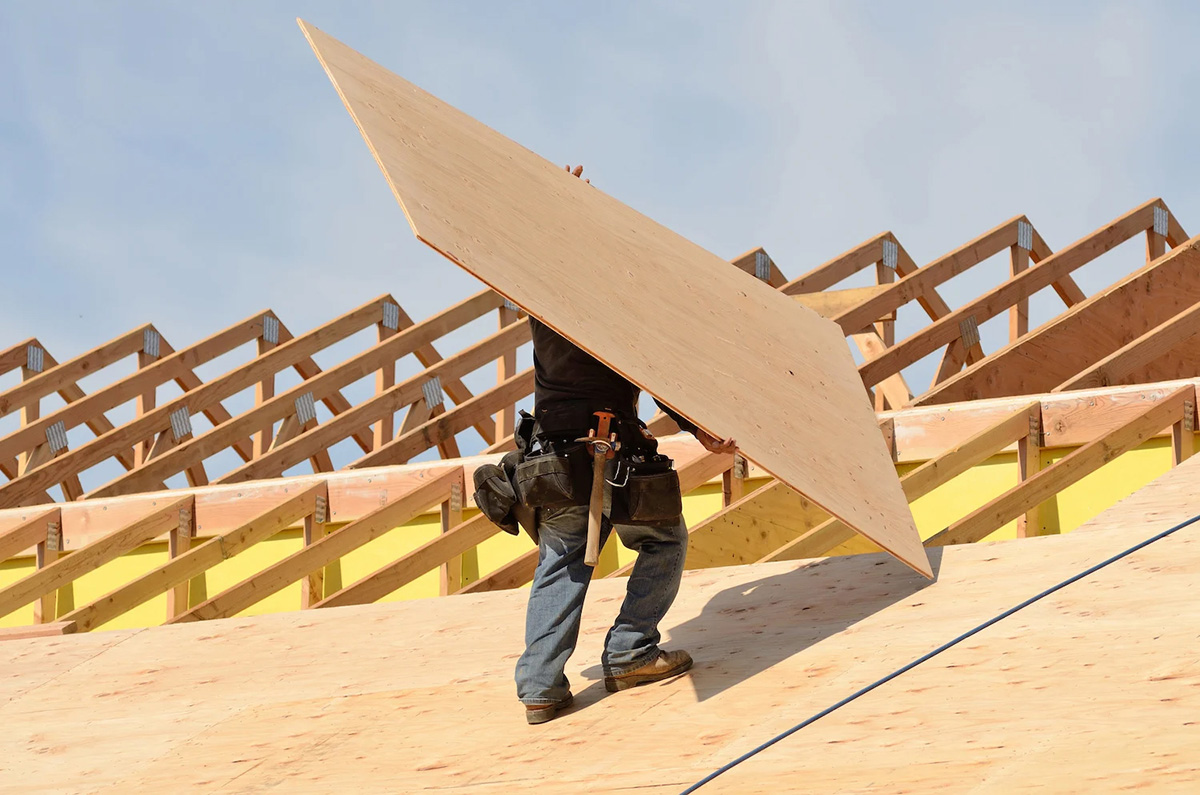

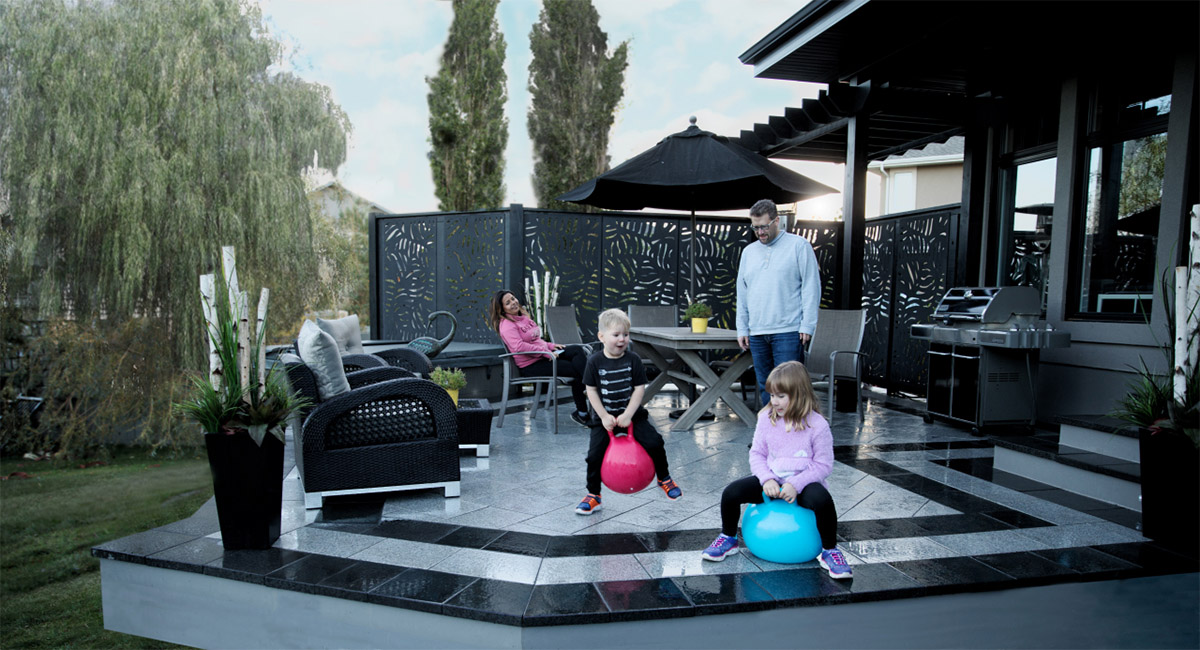

0 thoughts on “How Much To Replace Roof Decking”